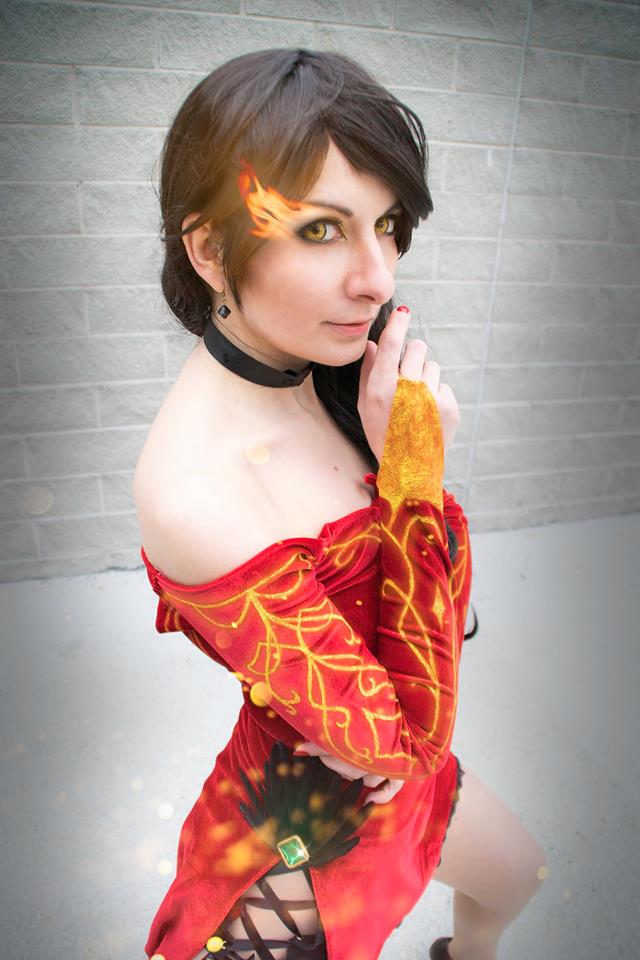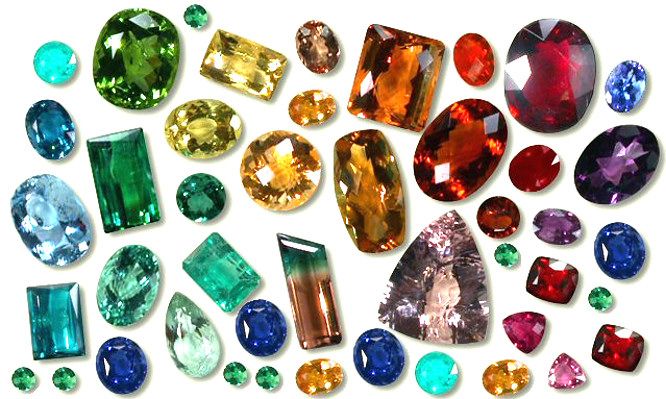Cinder Fall was a fun project for me. I knew what I wanted to do from the beginning and I had to experiment to achieve the perfect look. In this tutorial I will show you how I painted velvet fabric using normal acrylic paints.
Cinder Fall fue un proyecto divertido para mi. Sabía desde el principio lo que quería hacer y tuve que experimentar para encontrar el acabado perfecto. En este tutorial os enseño como pinté el terciopelo usando pintura acrílica normal.
Start cutting your pattern
I started with my dress pattern, it is better to have it all cut and ready before you start painting. Then I drew the tribals on the pattern itself. I used a marker and made it as exact as possible to avoid having to correct any mistakes later on.
Empecé haciendo el patrón, es mejor tenerlo todo cortado y preparado antes de empezar a pintar. Después dibuje los tribales en el patrón mismo. Usé un rotulador y lo dibuje lo más exacto posible para evitar tener que corregir errores más adelante.
Transfer your drawing
The best way to transfer your drawing is using carbon paper. It is very cheap and I found it in a stationary store. You need to layer it in this order, fabric, carbon paper facing the fabric and your pattern. Optionally but very recommended use a transparent sheet to avoid breaking your pattern when you are tracing.
La mejor manera de transferir vuestro dibujo es usando papel de calco, es muy barato y lo encontré en una libreria. Necesitáis ponerlo todo por capas en este orden, tela, papel de calco mirando a la tela, vuestro patrón. Opcionalmente, pero muy recomendable es una lamina de plástico transparente para evitar que se os rompa el patrón cuando estéis calcándolo.
As you see I traced both lines of the drawing to make sure everything was even when I painted it. You can find the carbon paper in different colours, I recommend you one similar to the colour you want to paint as the carbon will remain in the fabric to a degree unless you wash it. Additionally, if you can’t see well the drawing there are also felt pens specially designed for fabrics (in white too) You can retrace all your patterns with one of them.
Como podéis ver dibujé ambas lineas del dibujo para asegurarme de que todo quedaba igual cuando lo pintara. El papel de calco podéis encontrarlo en diferentes colores, os recomiendo usar uno similar al que vais a utilizar para pintar ya que la marca se quedará en la tela a menos que la lavéis. Además, si no podéis ver bien el dibujo que habéis calcado también venden bolígrafos especiales hechos para pintar en tela (también los hay en blanco) Podéis repasar todo el patrón con uno de ellos.
Paint your fabric
Finally, I used acrylic paints to do my drawing. As I wanted my drawing to stand out more I used two colours for it, the difference is subtle but totally worth it. First I painted my drawing in orange, slightly bigger than needed. Then I traced an inner line in yellow. You may need a second layer to make it look perfect.
Finalmente, usé pintura acrílica para mi dibujo. Como quería que el dibujo quedara más brillante usé dos colores, la diferencia es sutil pero merece la pena. Primero pinté el dibujo en naranja ligeramente más grande de lo necesario. Después pinté el interior con amarillo. Puede que necesitéis una segunda capa para que quede perfecto.
Final touches
Finally, the little secret to avoid our fabric to become very stiff and crack is to brush it with a cat brush. In bigger areas with lots of paint I recommend you to do it while the paint is still wet. Always be careful not to stain other unpainted areas.
Finalmente, el pequeño secreto para evitar que la tela se quede tiesa y se cuartee es cepillarla con un cepillo para gatos. En áreas mas grandes cubiertas de pintura os recomiendo pasarlo mientras la pintura esté aún húmeda. Siempre ten cuidado de no manchar las partes sin pintar.










